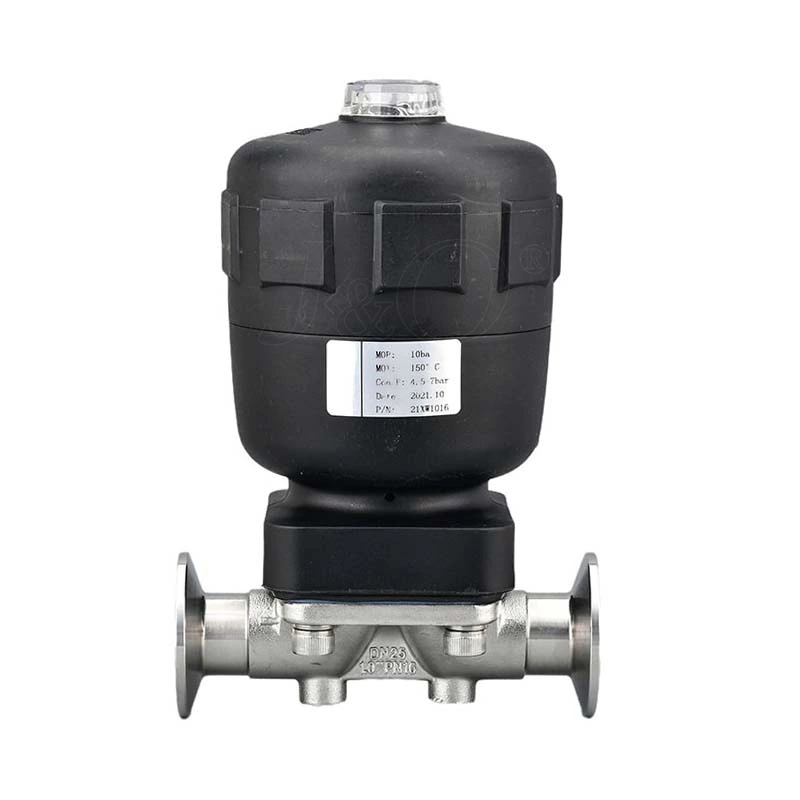What Are The Characteristics Of Sanitary Diaphragm Valves?
Sanitary Diaphragm Valve mainly includes three parts: valve body, drive mechanism (manual, pneumatic, electric), and diaphragm. When the drive mechanism works, the diaphragm is squeezed and deformed, so that the channel opens and closes to achieve fluid flow control. So do you know what are the characteristics of sanitary diaphragm valves?
Characteristics of sanitary diaphragm valves:
Sanitary design: high internal and external surface finish, no dead corners, easy to clean and disinfect, and prevent breeding.
No leakage risk: The fully enclosed characteristics of the diaphragm ensure extremely low leakage rate, which is very suitable for handling high-purity or toxic and hazardous substances.
Wide applicability: Suitable for various fluids, whether liquid or gas, can be well controlled.
Long life: Excellent materials and processes make the diaphragm have a long working life and reduce maintenance costs.
The diaphragm material of the sanitary diaphragm valve is usually selected from materials with excellent chemical stability and biocompatibility such as PTFE, EPDM, silicone rubber, etc. to ensure that there will be no contamination to the medium.
